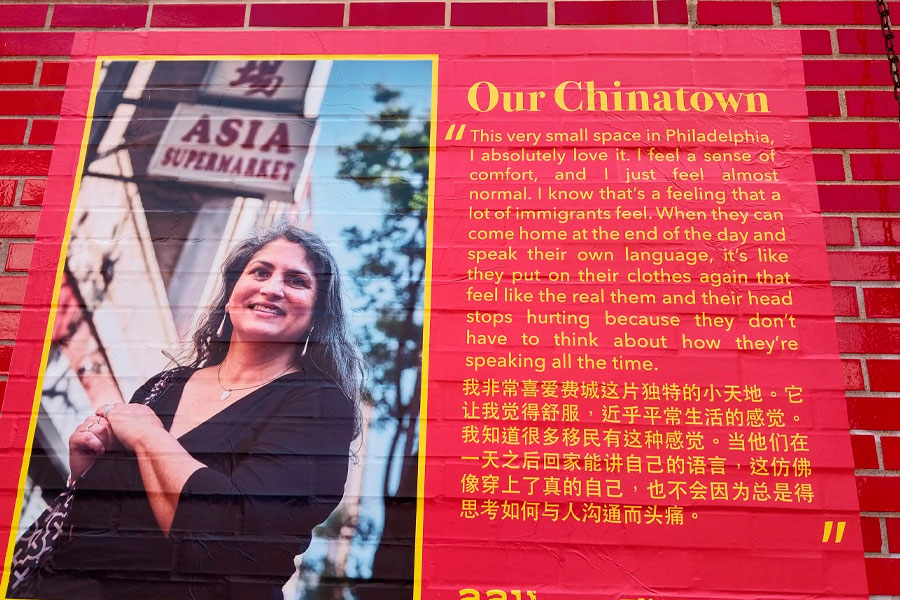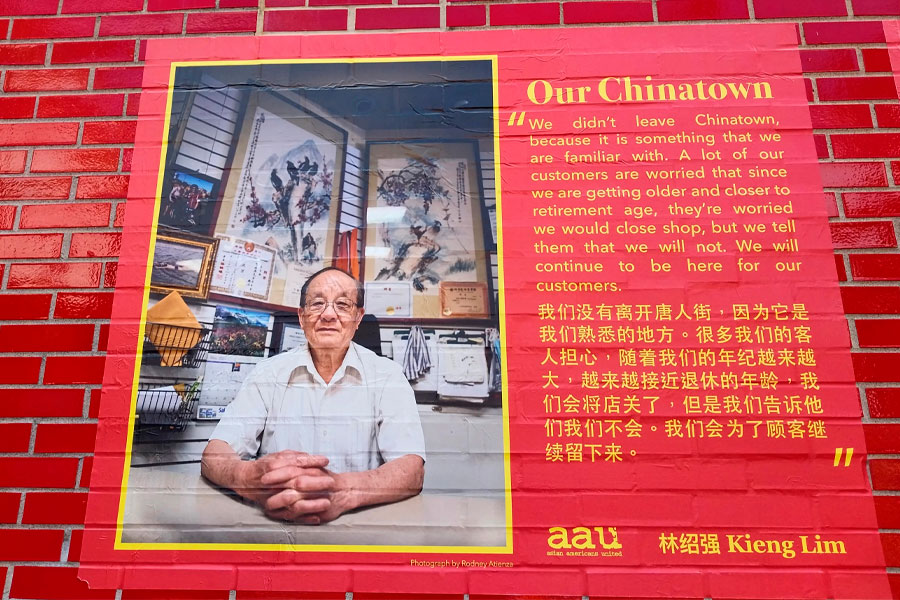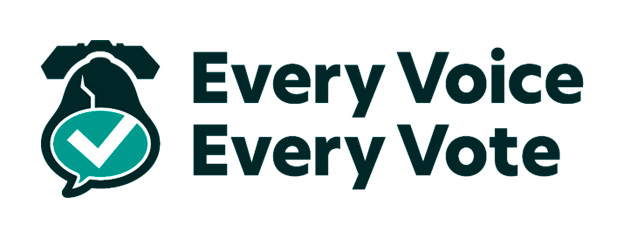
The proposal to build a new arena for the Philadelphia 76ers in Center City is under intense scrutiny as City Council deliberates its fate. Two hearings have been held so far, with a final session scheduled for December 12. The timeline for the decision is tight, as the team has urged lawmakers to approve the $1.3 billion project before the year ends to maintain its development schedule.
The project has gained backing from Philadelphia Mayor Cherelle Parker, the Black Clergy of Philadelphia and several construction unions. Supporters argue that the arena will generate jobs, stimulate economic growth, and enhance the city’s stature. However, strong opposition has emerged from Chinatown residents and community groups, who fear the project, could displace residents and small businesses in the neighborhood.
The Community Benefits Agreement (CBA), a legally binding document tied to the project, promises $50 million for citywide programs and initiatives aimed at addressing community concerns. However, critics, including Councilmembers Jamie Gauthier and Jim Harrity, have called the allocation inadequate. Harrity highlighted that Chinatown is home to hundreds of independent businesses and stated that the $1.6 million earmarked for small business support falls short of addressing their needs.

Transportation and construction concerns
Transportation logistics remain a major concern. The arena is planned to sit atop Jefferson Station, with the Sixers estimating that 40% of fans will rely on public transit to attend games. However, SEPTA, the region’s public transportation authority, is facing severe budget deficits, potential service cuts, and contract negotiations with its largest union. Additional Regional Rail service would be required for the arena, but it’s unclear where funding for these enhancements would come from.
Councilmember Michael Driscoll also raised concerns about disruptions to Center City businesses during the arena’s construction phase, which could coincide with Philadelphia’s hosting of high-profile events like the FIFA World Cup, the MLB All-Star Game, and the nation’s Semiquincentennial celebration in 2026.

Council scrutiny and impasse
Councilmembers grilled the Sixers organization on various aspects of the proposal, including the demolition phase, post-game transit planning, and workforce diversity in the project. Councilmember Mark Squilla, whose district includes the proposed site, noted that there might not be enough votes to advance the project in its current form. “I didn’t get a count, but it doesn’t seem like [there are enough votes],” he said.
David Gould, the Sixers’ Chief Corporate Affairs Officer, addressed concerns raised by council members about the potential impact of the arena on Chinatown and other nearby neighborhoods. He stated, “There is no single developer that will be able to guarantee … the preservation of any neighborhood. We are very excited and supportive and look to collaborate with how we can leverage the funds in the community benefits agreement with the tools that the city has at its disposal to best protect and preserve Chinatown.”
This acknowledgment came in response to questions about whether the $50 million community benefits agreement sufficiently addressed displacement fears and other issues voiced by Chinatown residents and business owners. “Fifty million dollars is the number we can support. We can’t go above that,” Gould stated during the hearing.
Councilmember Jamie Gauthier questioned whether the agreement included sufficient protections for neighborhoods directly impacted by the arena, particularly Chinatown. Gould responded that no developer can guarantee the preservation of a neighborhood but expressed willingness to collaborate with the city to leverage available tools for mitigation.

Heaven or hell?
The proposed $1.3 billion 76 Place arena in Philadelphia has ignited a fiery debate. While proponents envision a revitalized Center City and job growth, opponents fear significant disruptions and negative impacts on the community. Supporters argue that the arena will attract visitors, stimulate economic activity, and create jobs. “This arena would bring back businesses,” said Sam Staten Jr. of Local 332, highlighting the mayor’s vision for the city.
However, critics express concerns about the six-year construction period, which could severely disrupt daily life in nearby neighborhoods, particularly Chinatown. “Daily life would be hell,” stated Fern Lee Hagerdorn, a South Philadelphia resident. Increased traffic congestion and strain on public resources are also major concerns.
Access to healthcare during construction is another contentious issue. Dr. Walter Tsou, a former health commissioner, voiced alarm over the potential impact on emergency services at Jefferson Hospital. He questioned the Sixers’ owners’ apparent disregard for potential delays in critical care.
The road ahead
If approved, the 18,500-seat arena would open in 2031, coinciding with the expiration of the Sixers’ lease at the Wells Fargo Center in South Philadelphia. While the team has entertained the idea of relocating to New Jersey if the Philadelphia plan falls through, their priority remains Center City.
As of this writing, the debate over the 76 Place arena is likely to intensify. The final public hearing on the project is set for December 3, and the council is expected to vote on December 12. The decision will not only shape the future of the Sixers but also define Philadelphia’s approach to balancing economic development with community preservation.

This content is a part of Every Voice, Every Vote, a collaborative project managed by The Lenfest Institute for Journalism. Lead support for Every Voice, Every Vote in 2024 and 2025 is provided by the William Penn Foundation with additional funding from The Lenfest Institute for Journalism, Comcast NBC Universal, The John S. and James L. Knight Foundation, Henry L. Kimelman Family Foundation, Judy and Peter Leone, Arctos Foundation, Wyncote Foundation, 25th Century Foundation, and Dolfinger-McMahon Foundation. To learn more about the project and view a full list of supporters, visit www.everyvoice-everyvote.org. Editorial content is created independently of the project’s donors.






